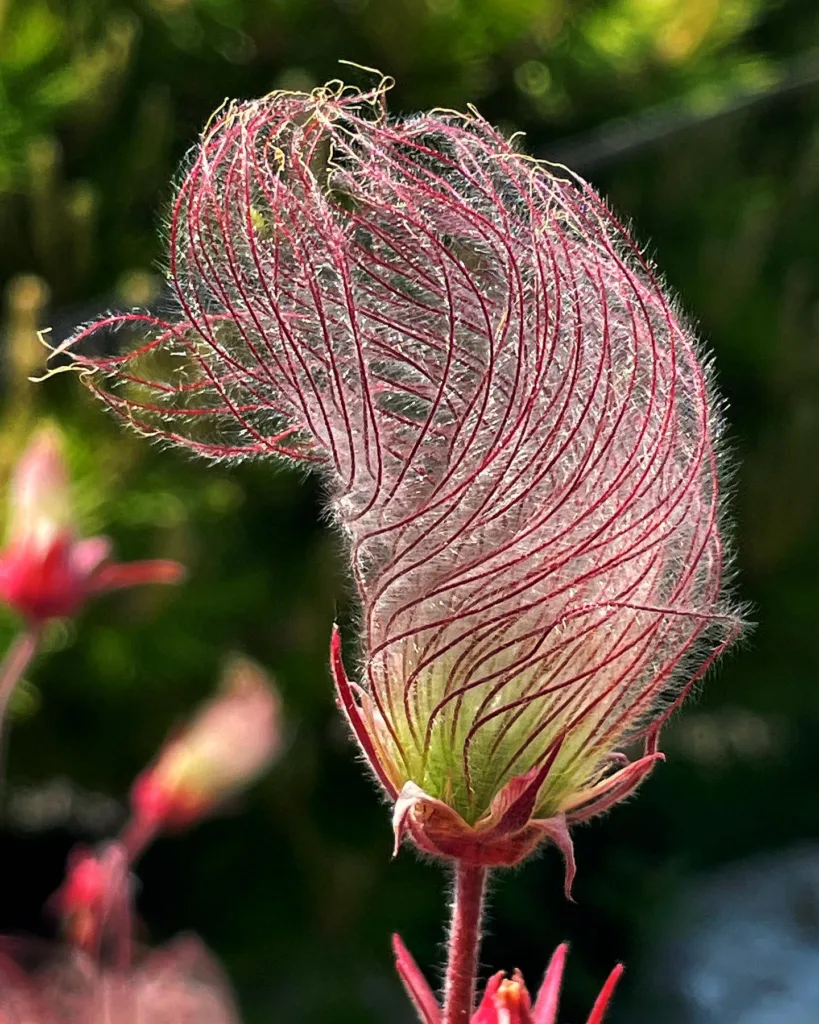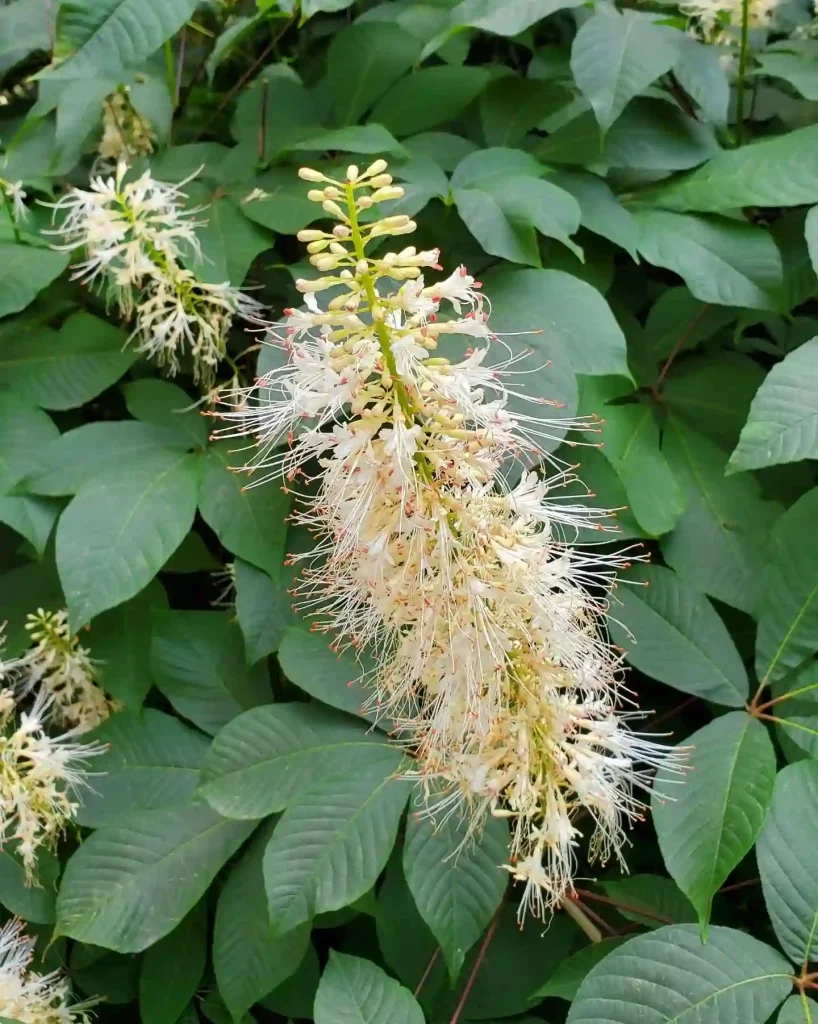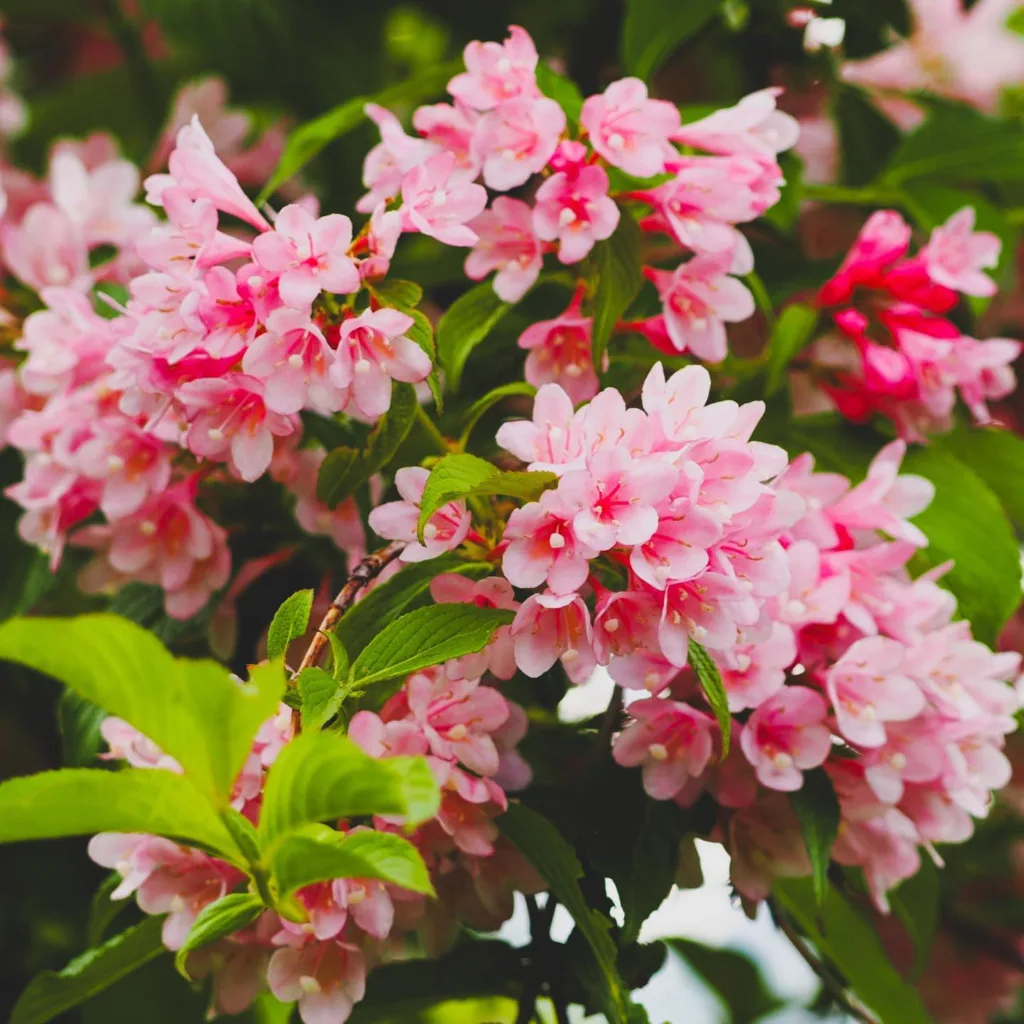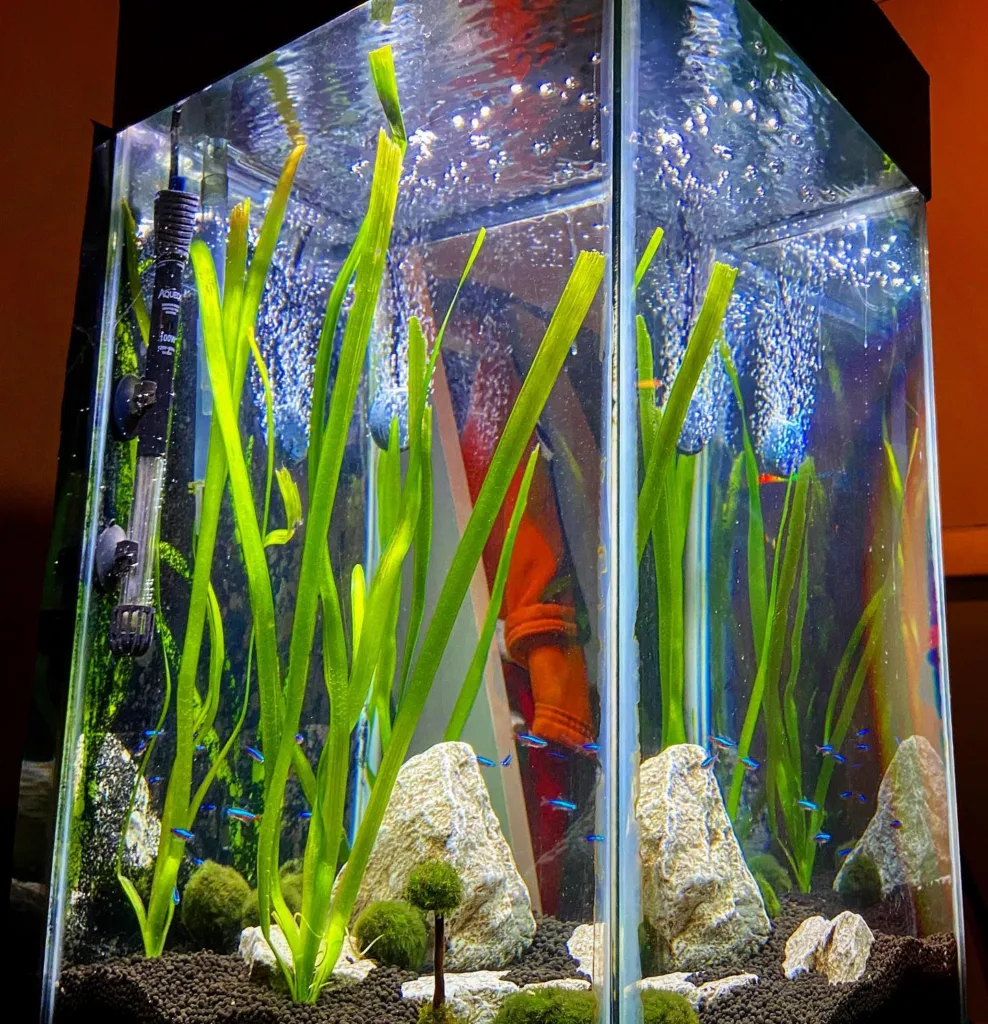Nepenthes Aristolochioides: A Carnivorous Oddity
Today, we’re diving deep into the fascinating realm of Nepenthes Aristolochioides, a carnivorous plant that’s as captivating as it is challenging to cultivate.
Plant Family: Nepenthaceae – 207 Species in Genus Nepenthes
What Makes Nepenthes Aristolochioides Unique?
This isn’t your average Venus Flytrap. Nepenthes Aristolochioides stands out for its wildly unique pitchers. Imagine a balloon, inflated and then caught mid-deflation, its form frozen in time. That’s the closest comparison I can think of for these upper pitchers, some describing them as “globose” or even “hunchbacked.” The name itself reflects this peculiarity. “Aristolochioides” is a clever combination, “aristolochia” referring to another plant genus, and “oides” meaning “like” in Latin. So, Nepenthes Aristolochioides translates literally to “Aristolochia-like.” These aren’t the only reasons this plant is a collector’s dream. Nepenthes Aristolochioides is a fast climber, reaching up to eight meters in length. Unlike some Nepenthes that exhibit stark differences between upper and lower pitchers, N. Aristolochioides boasts a consistent look throughout its climbing journey.
Nepenthes Aristolochioides vs. Nepenthes Miranda
Now, you might be wondering how Nepenthes Aristolochioides compares to its carnivorous kin. A popular comparison is Nepenthes Miranda. Both are classified as highland Nepenthes, requiring cool nights and specific temperature ranges to thrive. However, their appearances are quite distinct. Nepenthes Miranda is known for its tubular pitchers, often adorned with reddish fringes. These pitchers tend to be much larger than those of Nepenthes Aristolochioides, reaching up to 20 centimeters in length. Cultivation-wise, Nepenthes Miranda is generally considered a bit more forgiving than N. Aristolochioides.
Is Nepenthes Aristolochioides Difficult to Grow?
The honest answer? Yes. Nepenthes Aristolochioides is an enthusiast’s plant. It thrives in what are called “highland conditions,” which means mimicking its natural habitat – cool nights, moderate humidity, and bright, indirect sunlight. Replicating these conditions can be a challenge, especially for those in warmer climates. Here are some key factors to consider:
- Temperature: Aim for daytime temperatures between 67-79°F (20-26°C) and nighttime temperatures down to 49-61°F (10-16°C).
- Humidity: Moderate to high humidity levels (around 70-80%) are ideal. You can achieve this using a humidifier or placing your plant on a humidity tray.
- Light: Bright, indirect sunlight is best. Avoid harsh, direct sun exposure.
- Watering: Use distilled water or rainwater whenever possible. The water should be lukewarm and the potting medium should be kept consistently moist, but not soggy.
Pro tip: Nepenthes Aristolochioides isn’t a feeder. Its unique pitchers are designed to trap and digest insects, so avoid placing any food items in them.
Conservation Status of Nepenthes Aristolochioides
Sadly, Nepenthes Aristolochioides finds itself on the endangered list. Habitat loss due to deforestation is the primary threat. This is why responsible cultivation becomes even more important. By successfully growing these beauties, we can help preserve this unique piece of botanical wonder.
Nepenthes Aristolochioides: Advanced Care Tips
- Potting Medium: A well-aerated and well-draining mix is crucial. Many growers recommend a combination of chopped sphagnum moss, perlite, and orchid bark.
- Fertilization: While Nepenthes Aristolochioides obtains nutrients from its captured prey, a very weak, diluted orchid fertilizer can be applied occasionally to supplement its needs. However, be cautious as over-fertilization can damage the plant.
- P pitchers: The pitchers themselves shouldn’t be filled with water. They naturally produce a fluid to attract and digest prey. However, if the pitchers appear dry, you can gently mist them with distilled water.
- Trimming: You can trim any dead or diseased leaves or pitchers. Use sterilized pruning shears to avoid introducing bacteria.
Where to Find Nepenthes Aristolochioides?
Due to its endangered status, obtaining Nepenthes Aristolochioides can be tricky. Avoid purchasing from sources that might contribute to wild harvesting. Here are some reputable options to consider:
- Carnivorous plant nurseries: These specialize in rare and unusual plants and often propagate their own stock.
- Online carnivorous plant communities: Forums and online groups dedicated to carnivorous plants can be a great resource for finding reputable growers or swapping plant propagations.
Additional Considerations
- Airflow: Nepenthes Aristolochioides benefits from good air circulation. Avoid placing it in stagnant air pockets.
- Acclimatization: If you’re purchasing a Nepenthes Aristolochioides online, be prepared to give it time to adjust to its new environment. Resist the urge to repot immediately. Allow the plant to settle in for a few weeks before making any changes.
Parting Thoughts
Nepenthes Aristolochioides may be a challenge, but for those seeking a conversation-starting, unique carnivorous plant, the reward is well worth the effort. With dedication and the right environment, you can cultivate this botanical marvel and contribute to its preservation. Happy growing!
If i die, water my plants!



